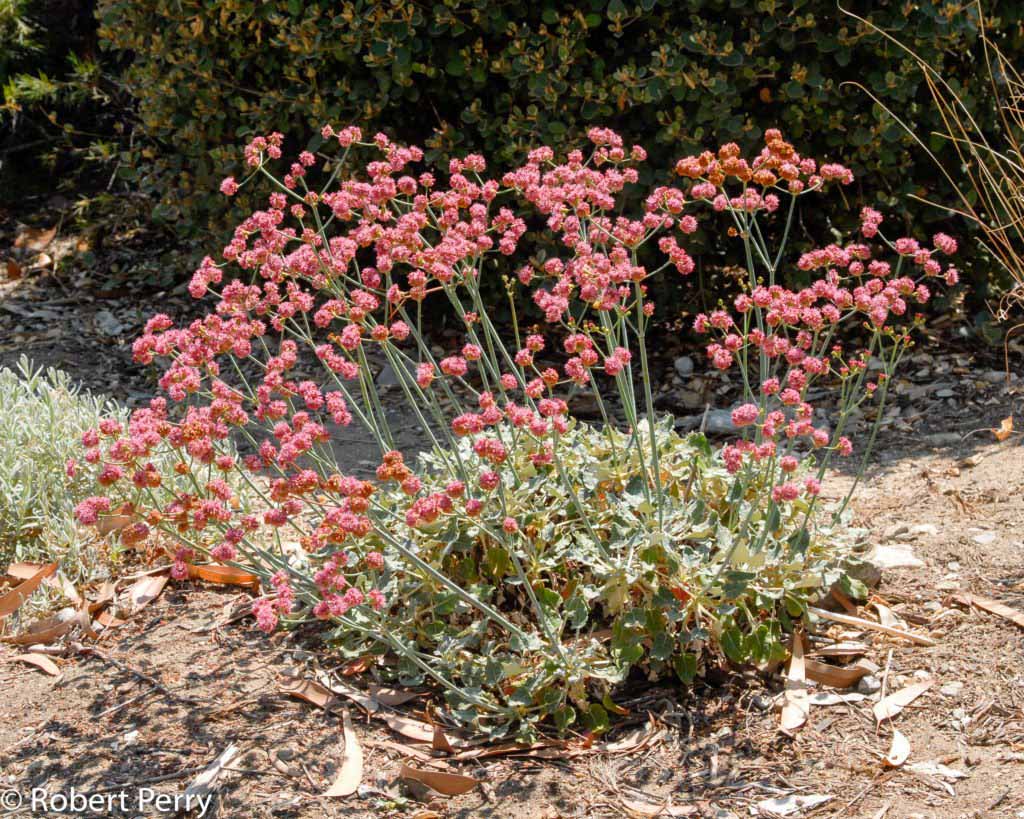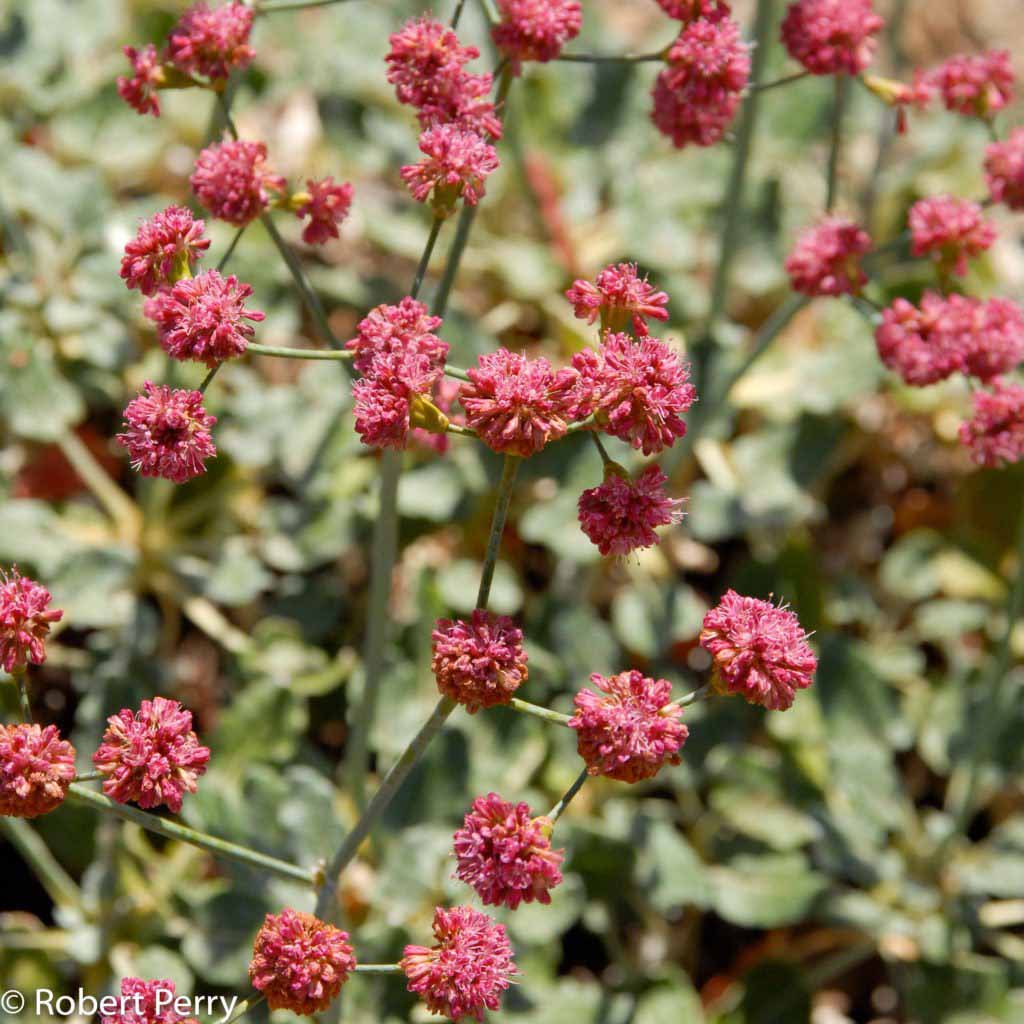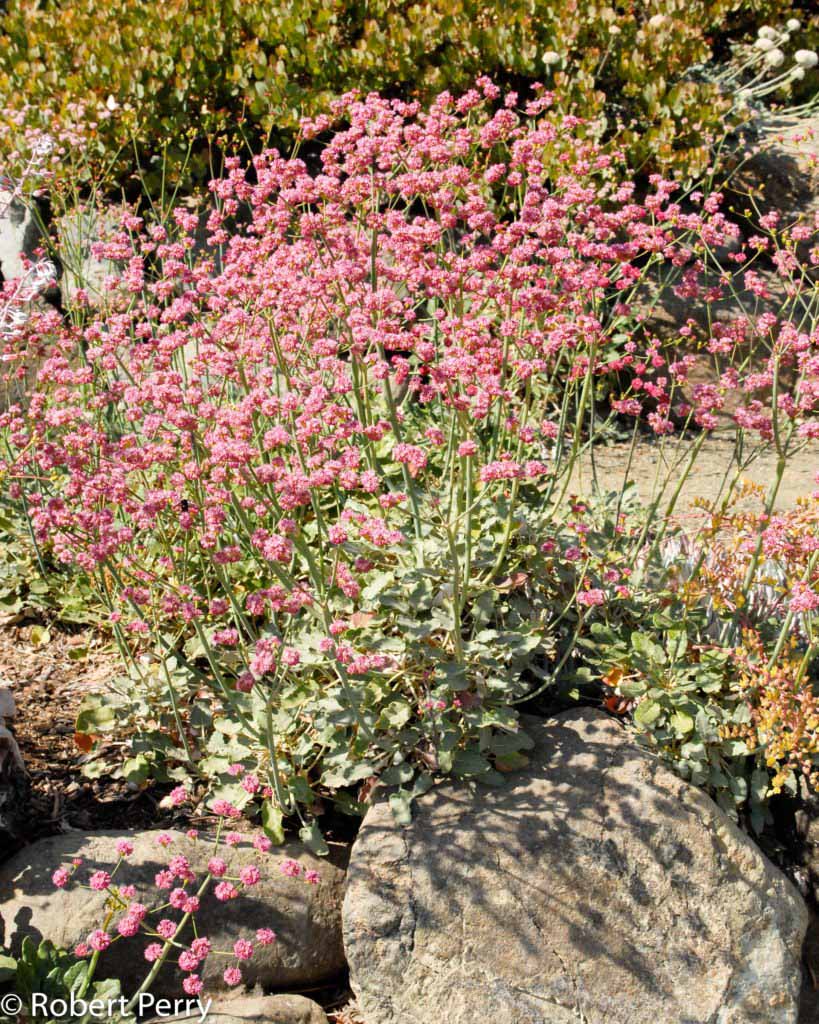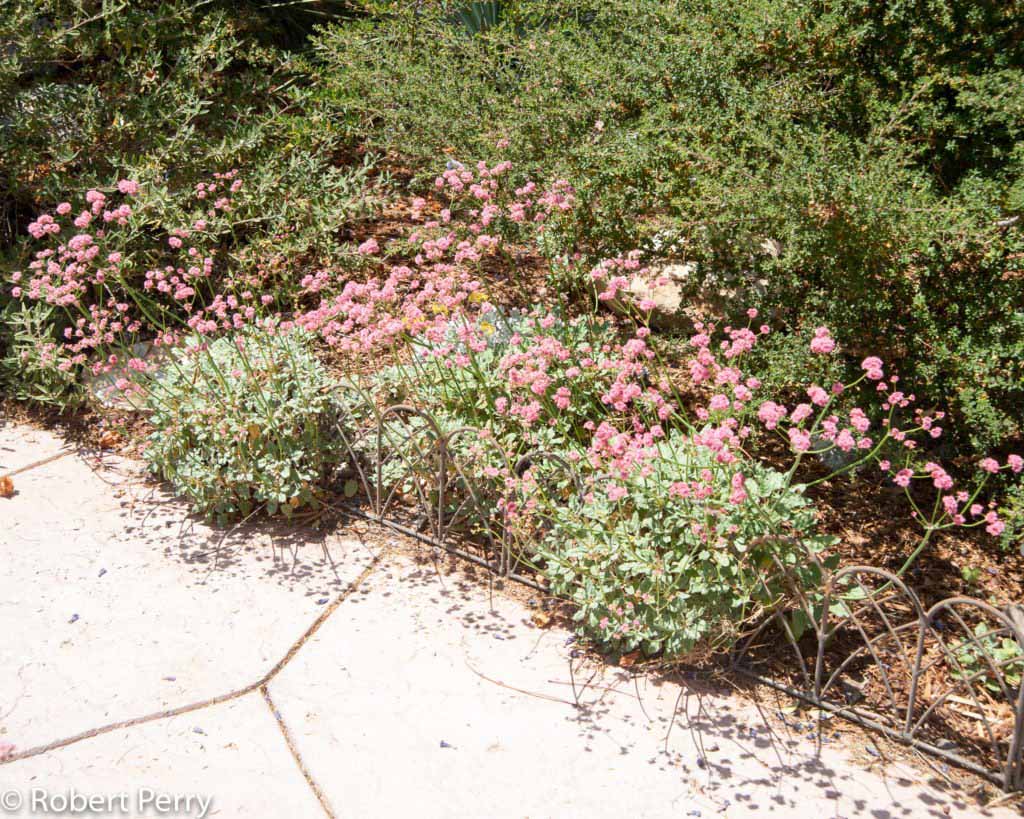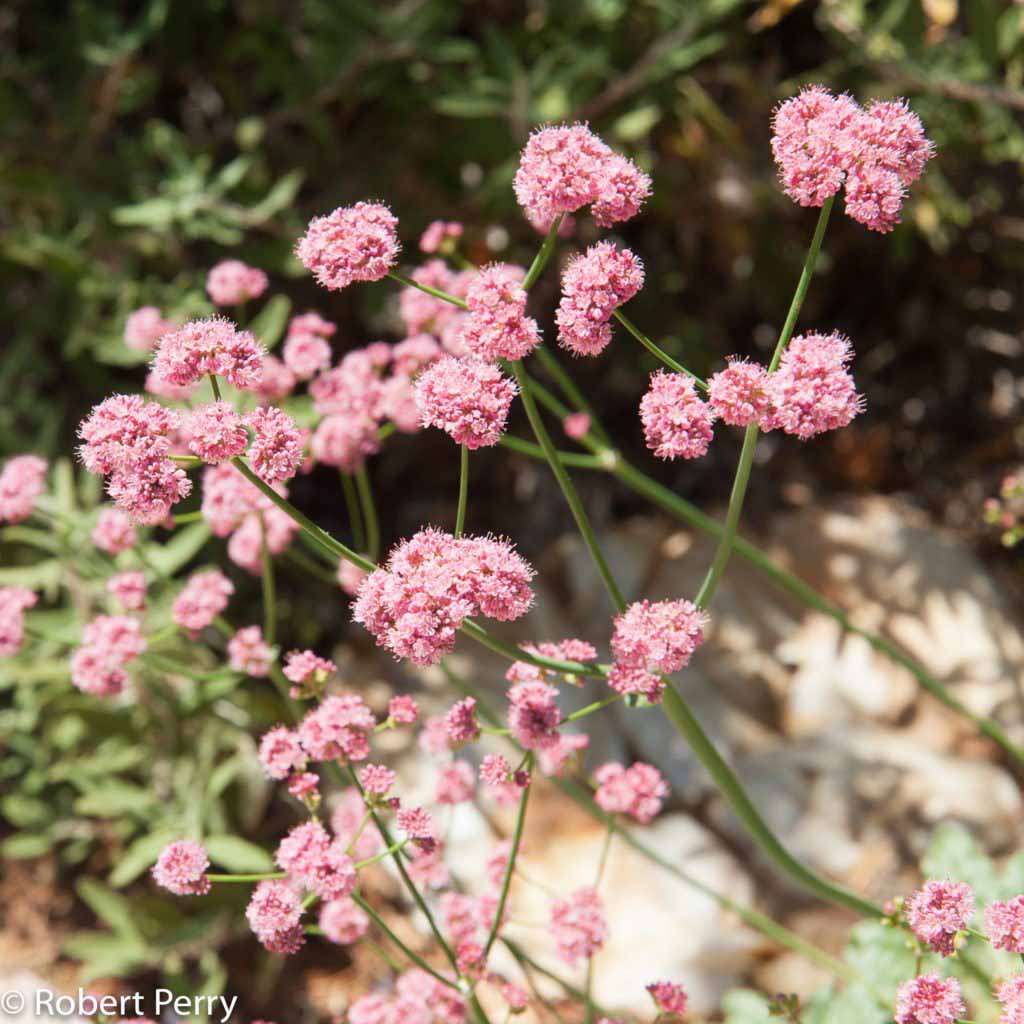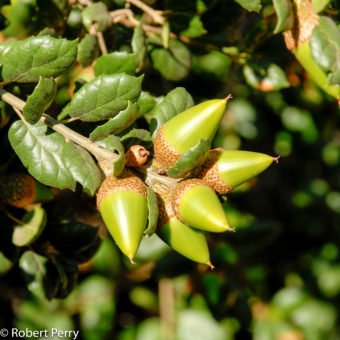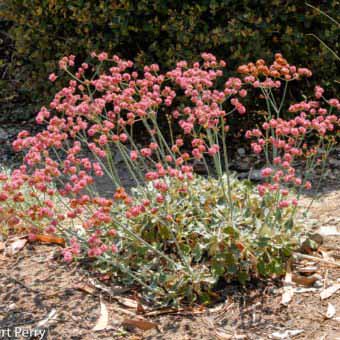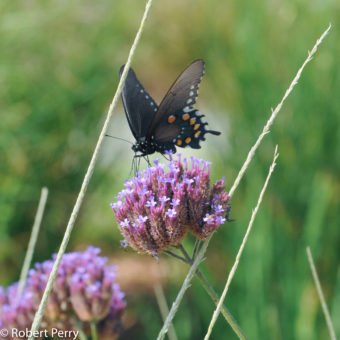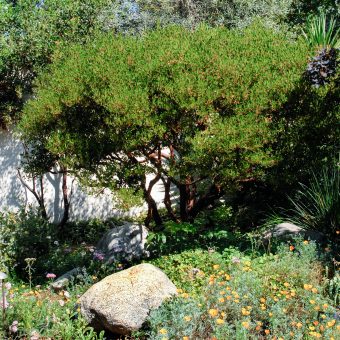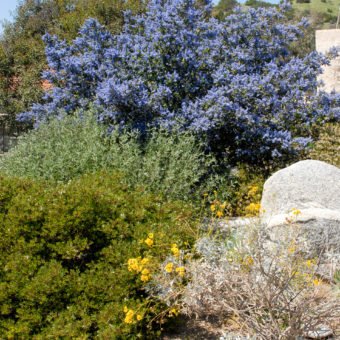Red buckwheat grows well in Inland Empire gardens in areas of full sun and with low amounts of summer water. The chart shown below provides a recommended baseline guide to the monthly irrigation schedule and volume of supplemental water needed to maintain healthy growth throughout the average year. It should be noted there are several months indicated by an asterisk (*) when winter rains can provide sufficient moisture and irrigation is not needed. The high and low range of moisture indicates it can grow with varying amounts of water and you should make irrigation adjustments based on field observations of growth and character. Understory leaf litter should be allowed to dry out in between periodic summer watering to avoid excessive growth and disease problems.
| |
Jan* |
Feb* |
Mar* |
Apr |
May |
Jun |
Jul |
Aug |
Sep |
Oct |
Nov* |
Dec* |
| Runs per Month |
0x to 2x |
0x to 2x |
0x to 2x |
1x |
1x |
1x |
1x |
1x |
1x |
1x |
0x to 2x |
0x to 2x |
| Inches per Run |
1″ |
1″ |
1″ |
1″ |
1″ |
1″ |
1″ |
1″ |
1″ |
1″ |
1″ |
1″ |
| |
| Inches per Month |
0″ to 2″ |
0″ to 2″ |
0″ to 2″ |
1″ |
1″ |
1″ |
1″ |
1″ |
1″ |
1″ |
0″ to 2″ |
0″ to 2″ |
Range of supplemental summer water: 7"
Range of supplemental winter water: 0"-10"
| |
0″-2″ |
0″-2″ |
0″-2″ |
1″ |
1″ |
1″ |
1″ |
1″ |
1″ |
1″ |
0″-2″ |
0″-2″ |
| |
Jan* |
Feb* |
Mar* |
Apr |
May |
Jun |
Jul |
Aug |
Sep |
Oct |
Nov* |
Dec* |
For more information on how to use this Irrigation Schedule and Graph, follow this link.
For information how to calculate your irrigation system’s schedule and precipitation rate, please follow this link.
After flowering, leave spent flowers to dry into red / brown clusters. This is part of the desired look of native buckwheats. The seeds develop into valuable wildlife food and help shade the plant in the summer heat (1). “Deadheading” buckwheats would be tedious and time consuming and would take away much of what there is to love about this plant. Keep things easy and don’t worry about it (S). If desired, remove dried seed heads beginning in mid-September and into the fall (1). Older plants that look like they need refreshing can be cut back hard into older wood in November. Expect new growth to emerge within a few weeks (1)
References